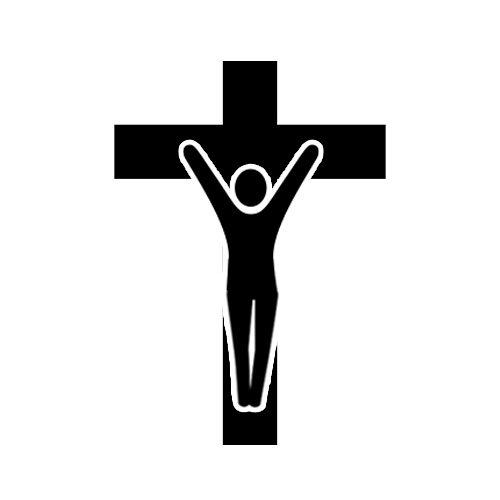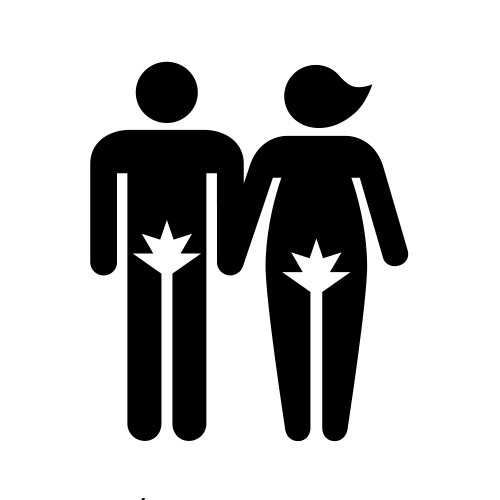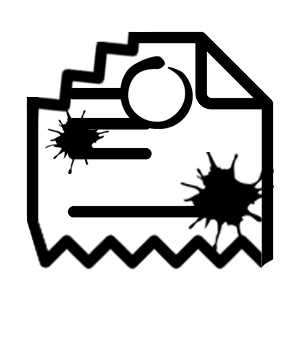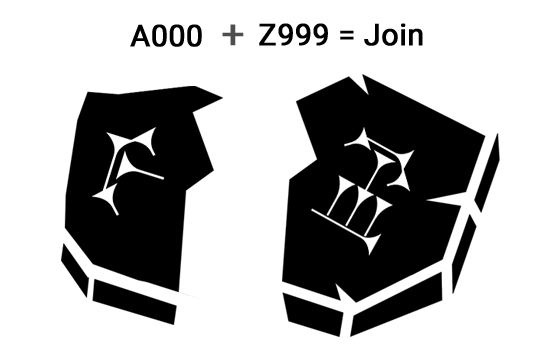Artifact overview
Codex Sinaiticus is an artifact (Parchment Manuscript) related to the mythological story named 'Biblical Genesis.' The artifact's condition is Excellent and it is currently located at British Library in London, United Kingdom, catalogued as record number Add MS 43725. The language of the text contained is Greek (Greek writing system). Its estimated date is 325—360 CE, which is a range based on available data and scholarship. The mythology associated with this artifact includes the Christian belief system and related deities: God and Yahweh.
About this artifact
Basic details
| Type | Manuscript Parchment material |
| Condition | Excellent |
| Date created | 325—360 CE |
| Language | Greek |
| Writing system | Greek (script) |
| Location | British Library British Library · London, United Kingdom |
| Museum No. | Add MS 43725 |
| Myth portion | Genesis 1-3 |
Provenience
| Discovery | Unknown |
Museum record data
Item specifications
| Museum No. | Add MS 43725 |
Mythological contents
Associated myths and deities
| Myths | Biblical Genesis |
| Deities | God, Yahweh |
The Codex Sinaiticus, sometimes called the "Sinai Bible" is one of the oldest manuscripts that contains the Biblical Genesis creation myth along with the Old Testament and New Testament. It was created in the 4th century of the common era. The handwritten transcript of the New Testament and Old Testament is in the Greek language.
The manuscript is fragmented and shared among different libraries. This codex is one of four other great uncial codices, or full manuscripts of the Bible.
Extended artifact data for Add MS 43725
See detailed information about this artifact from the entity that has access to it.
Location description
 British Library London, United Kingdomexpand_less
British Library London, United Kingdomexpand_lessFull address: British Library, 96 Euston Rd, London, London, NW1 2DB, United Kingdom
We are the national library of the United Kingdom and give access to the world’s most comprehensive research collection. We provide information services to academic, business, research and scientific communities. Our collection of over 170 million items includes artefacts from every age of written civilisation. We keep the nation’s archive of printed and digital publications, adding around three million new items to our collection every year. We have many books, but we have so much more. Our London and Yorkshire sites have everything from newspapers to sound recordings, patents, prints and drawings, maps and manuscripts. Our inspiring exhibitions interpret these collections and bring their stories to the public.
Learn more
Record numbers
| Museum No. | Add MS 43725 |
| Artifact access | By request |
| Great Uncial Sign | א |
| Gregory-Aland No. | No. א/01 |
| Soden Mark | δ 2 |
Full artifact data
| Dimensions | 38.1 × 34.5 cm (15.0 × 13.6 in) |
Record notes
About these data
| Retrieval date | Dec. 12, 2020 |
| Copyright | British Library |
Mythological contents
This artifact contains mythological contents associated with Christian Religion. The main narrative mentioned may be Biblical Genesis, a Creation myth. The deities depicted or mentioned in the artifact may be: God and Yahweh.
Parent belief system
 Christian Religion · Monotheisticexpand_lessHeads up. This Religion belongs to the Abrahamic collection on the basis of shared myths and deities.
Christian Religion · Monotheisticexpand_lessHeads up. This Religion belongs to the Abrahamic collection on the basis of shared myths and deities.Christianity is one of the world's most widely practiced religions. It is an Abrahamic monotheistic religion based on the life and teachings of the Nazarene figure named Jesus. The important text associated with Christianity is the Holy Bible, which is comprised of the Old Testament and the New Testament. There are over two billion people practicing Christianity around the world, making it the biggest (with Islam behind it).
Learn more
Associated myth
 Biblical Genesis Creation mythexpand_less
Biblical Genesis Creation mythexpand_lessNuthsell
God created everything in the course of six days, as follows: (day 1) the heavens and the earth—effectively the entire universe—followed by day and night; (day 2) a dome to separate heaven and earth; (day 3) land, from which trees and plant life is raised; (day 4) sun and moon; (day 5) creatures that dwell in the ocean, and; (day 6) animals and humans (Adam and Eve), modeled in his image. Afterwards, Adam and Eve ate the forbidden fruit from the tree of knowledge of good and evil. Upon eating the apple and gaining awareness, they were kicked out of the Garden of Eden and forced to live out their mortal days on Earth.
Read more
Deities depicted
Artifact condition
The artifact named 'Add MS 43725' is appraised as being in Excellent condition based on how much reliance is placed on other resources to make it complete and readable.
| Condition | Excellent | Just OK | Poor |
|---|---|---|---|
 |  |  | |
| Completeness | More than 80% | 50 - 80% | Less than 50% |
| Fragmentation | Minor | Moderate | Significant |
| Damage | Minor | Moderate | Significant |
| Legibility | Highly readable | Somewhat readable | Unintelligible |
How did we get this date?
The creation date for the artifact named 'Codex Sinaiticus' is a date range because the exact date is unknown. We derived this date from the source(s) listed below:
Notes (see bottom of page for full bibliography)
- Bruce M. Metzger. Manuscripts of the Greek Bible: An Introduction to Palaeography (Oxford: Oxford University Press, 1991), 76ff.Visit"...Fourth-century vellum codex of the Bible, preserving part of the OT..."
- "Codex Sinaiticus," British Library, https://www.bl.uk/collection-items/codex-sinaiticus, accessed December 12, 2020.Visit"Created: 2nd quarter of the 4th century–3rd quarter of the 4th century"
Artifact access conditions
"Access Conditions: Restrictions to access apply please consult British Library staff; Conditions of Use: Letter of introduction required to view this manuscript."
Contact the location
Scholarly research inquiriesGreat uncial codices
This work is one of four great uncial codices. These manuscripts are complete works of the Old Testament and New Testament of the Bible in the Greek language. There are only four in known existence:
| Name | Sign | Soden Mark |
|---|---|---|
| Codex Alexandrinus | A/02 | δ 4 |
| Codex Vaticanus | B/03 | δ 1 |
| Codex Ephraemi Rescriptus | C/04 | δ 3 |
| Codex Sinaiticus | א/01 | δ 2 |
A codex is a handwritten book made with paper, papyrus, vellum, or other materials. The term is almost exclusively used to describe manuscripts.
The term uncial denotes a type of script written solely in capital letters (known as a majuscule script). Greek and Latin scribes used this lettering from the 4th to the 8th centuries CE.
Gregory-Aland catalog system
The Gregory-Aland number is based on a manuscript cataloging system developed by Caspar René Gregory in 1908. The system divides manuscripts into four core groups: papyri, uncials, miniscules, and lectionaries. The papyrus group is based on the material used, uncials/miniscules are based on the script, while the last group is based on the content.
Uncials were given a prefix of the number 0 and a designated letter for the manuscript. For example, the Codex Alexandrinus is recorded as No. 02 and A.
Soden Mark notation
The Soden mark is notation for a complicated manuscript cataloging system developed in the early 1900s by Hermann von Soden. The catalog groups manuscripts by their content and assigns a Greek prefix.
For example, δ represents the complete New Testament, ε represents the Gospels, and α is for the others.
What's a 'joined' artifact?

A joined artifact is one that was originally part of the other and was broken or fragmented at some point in time. Joins are common among clay tablets because they may get broken during discovery and transportation. The join is notated with the + sign. For example, if tablets A000 and Z999 are joined, we would express this relationship by grouping them as A000 + Z999 to indicate they are related.
If the fragments are owned, maintained, and cataloged by separate museums then classifying the join relationship is critical for accurate translations.
Cite this page
OMNIKA Foundation Contributors. "Codex Sinaiticus." OMNIKA – World Mythology Index, OMNIKA Foundation, 04 Mar. 2019, omnika.org/stable/33. Accessed 1 Jan. 2026.
OMNIKA (2019, March 04). Codex Sinaiticus. Retrieved from https://omnika.org/stable/33
OMNIKA Foundation Contributors. "Codex Sinaiticus." Las Vegas, NV: OMNIKA Foundation. Created March 04, 2019. Accessed January 1, 2026. https://omnika.org/stable/33.







